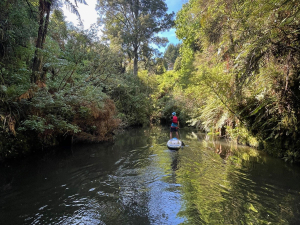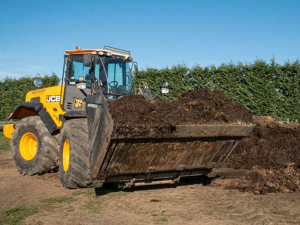Dairy farmers picked up practical tools and actions to enhance farm waterways at DairyNZ’s Fieldays site this year.
The Healthy Waterways exhibit gave farmers a behind-the-scenes look at how healthy farm waterways support biodiversity and farm businesses, says DairyNZ GM farm solutions and policy Dr David Burger.
Interactive resources cover the science behind riparian planting and what farmers can do to improve water quality and habitat for wildlife – including native birds, eels (tuna), freshwater crayfish (kōura) and other species.
“Water is so valuable to all of us and plays a vital role in ensuring farmers can continue running profitable and sustainable businesses,” says Burger.
Dairy farmers have made significant progress over the past 20 years to support healthy waterways, and DairyNZ wants to support other farmers to get involved too.
“That’s why we have tested the best ways to enhance water health on-farm to ensure as a sector we continue to progress a positive future for New Zealand dairy farming.”
DairyNZ water quality specialists at Fieldays, shared technical knowledge and answered questions.
Farmers learnt more about the benefits of creating shade through riparian planting, which is one of the most effective on-farm actions to create healthy waterways.
Riparian planting helps reduce runoff of nitrogen and phosphate. It also reduces the amount of sediment reaching streams and creates a great habitat for our native species to thrive including fish and insects.
On DairyNZ’s Fieldays site, levy payers went into the draw to win one of two eDNA kits – a simple way to find out what’s living in a waterway and gain an indication of its overall health.
After taking a water sample in a farm stream, farmers can check their online eDNA report to see data on the health of the waterway, including the wildlife it is supporting – such as plants, insects, fish, seafood and birds.
“Getting a picture of what wildlife is thriving and which species need more support paints a reliable picture of how healthy a waterway is and helps motivate more work to continue improving water quality,” says Burger.



















